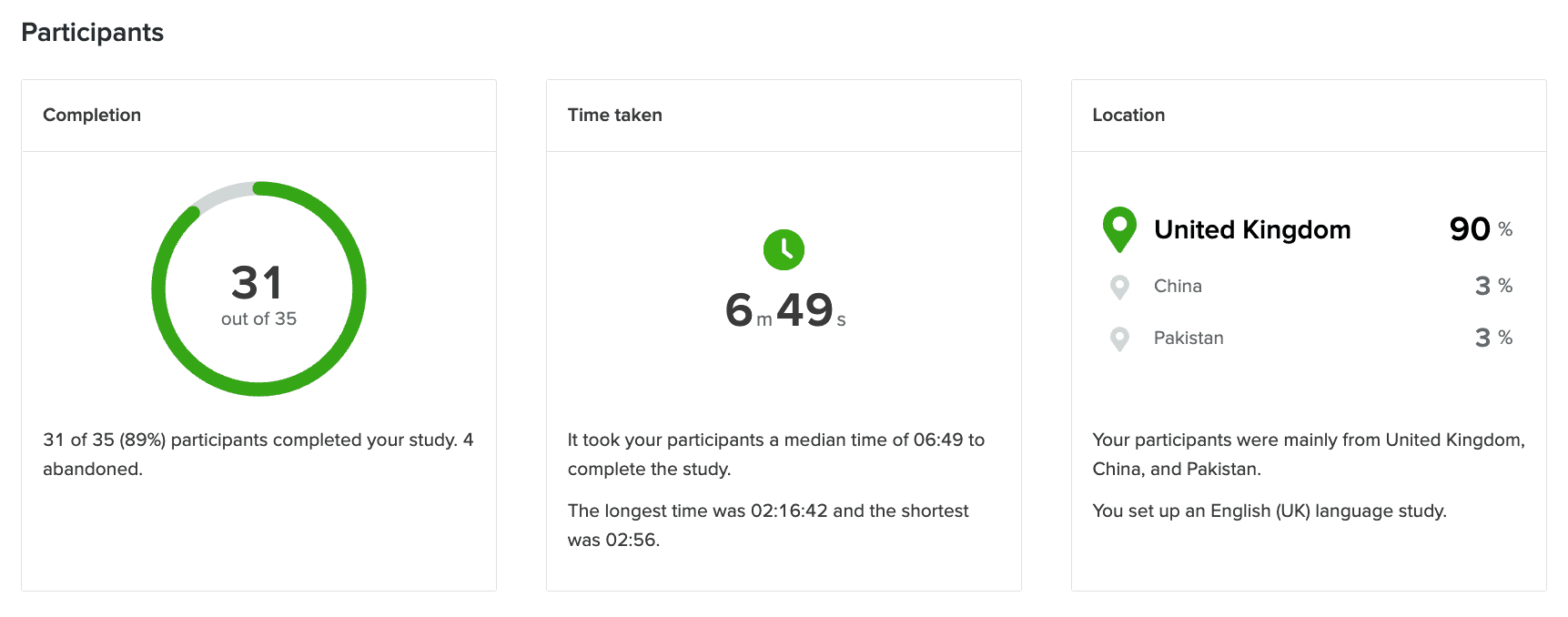
About the client
For over 30 years, Science and Plants for Schools (SAPS) has supported teachers and technicians in the UK to teach plant biology. The SAPS website is an essential resource library offering free, downloadable teaching materials and creating opportunities for teachers, technicians, and students to learn more about plants and become more interested in plant science.
Project goals
To improve the design and navigation of the SAPS website we had to bear in mind that teachers want the reassurance of the familiar and are incredibly time-poor. We focussed on key areas:
- refresh the design to show teaching plant biology as contemporary and inspiring
- expand on the previous recommendation report and test with the SAPS audience
- improve the search and filtering of resource pages based on appropriate criteria (e.g. topic and age range)
- create a separate members area for the SAPS Ambassadors.
User testing
We had previously produced a recommendation report for SAPS which reviewed the SEO and user experience of the website. The report highlighted that content was often getting missed and the user journeys were fragmented and unclear.
As part of the re-design project, we wanted to explore this further by engaging the highly proactive SAPS audience of science teachers and technicians. To ensure we could achieve balance we also enlisted teachers and technicians who were unfamiliar with the site.
Information grouping with end users
The first activity we did was card sorting, a UX research method that enables us to better understand how users expect content to be grouped. We asked around 50 participants, including teachers that didn’t know SAPS, how they would organise and label content and topics (or cards). The results helped us gauge more insights into how teachers grouped content and helped us form a new look navigation.

Tree testing the navigation insights
Next, we took the insights about the new site structure and navigation with a treejack exercise. We targeted the group we engaged with the card sorting exercise and asked them to find the content they were looking for within a ‘tree’ – a text-only version of the content structure. Treejack (or tree testing) was helpful in identifying what content or topic was less findable and enabled us to go live with a simplified main navigation.

The card sorting and tree testing tools gave us confidence that we were building a site that would work for the specific needs of our user base.

Stability and growth
One of the project’s key requirements was to provide better cross-linking between resources and other sections. Although SAPS predominantly focuses on plant science teaching resources, its content expands into other topics. The new website now offers improved and tested content design which enables users to easily achieve their goals while enabling SAPS to introduce new content clearly.
A new area of the website called the Growth Hub was introduced. The Growth Hub contains everything that isn’t a downloadable resource, stemming from plant-related news and ideas. In the Growth Hub teachers can expand their knowledge of plant science and skills. Other areas of the website include courses and awards.
SAPS Ambassadors
The SAPS Ambassadors are a small, but growing group of content creators, science professionals, and plant science advocates. We created a password-protected member area for them to collaborate and promote the work of SAPS among their peers.

A healthy and performant site
Our websites are designed with accessibility and website performance in mind – which is important when teachers are looking to quickly download a teaching resource, potentially using a poor or slow internet connection.
We use multiple tools to report on website health and performance. Prior to launching SAPS, we set up monitoring of their staging website with Semrush. This helped to identify any broken links or performance issues.
When launching, we used the same tool to check how healthy the website was. This helped us identify various links to draft content that errored and also the huge difference in page quality and performance between the newly rebuilt site and the previous site. We are very pleased with the build of this website. Before the launch of the new website, Semrush brought up 800 errors. After launch, there were only three!
The results
The site launched in June 2022. Teachers are time poor and this new website gives them the ability to skim through and download activities quickly.
In the first two weeks after launch
2000
Visitors
249
Downloads
32
Actions by one user in one visit!


